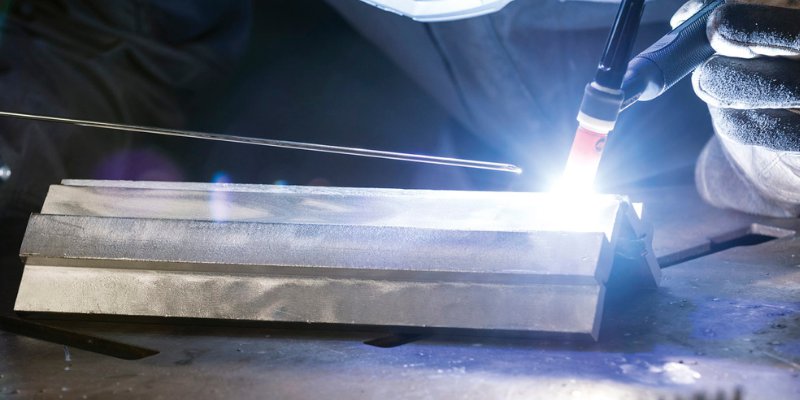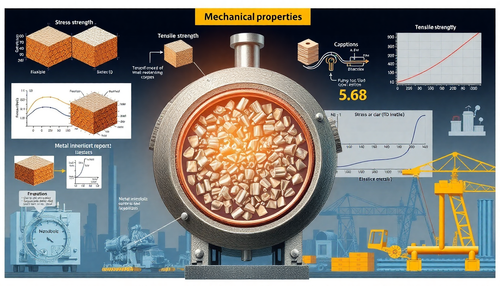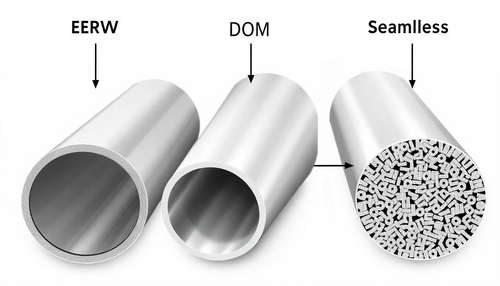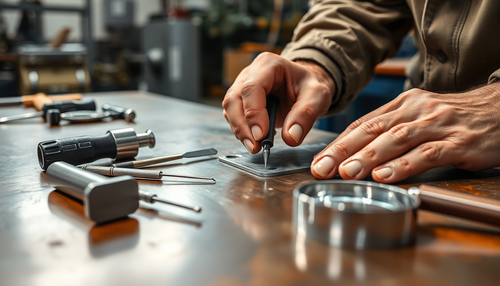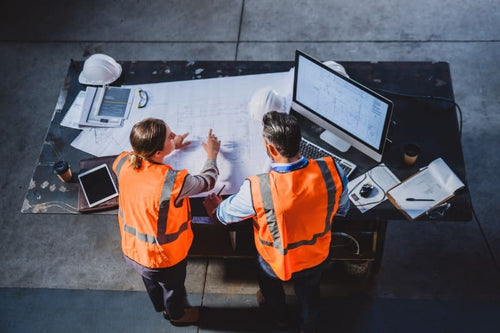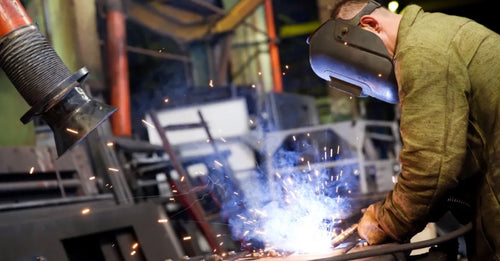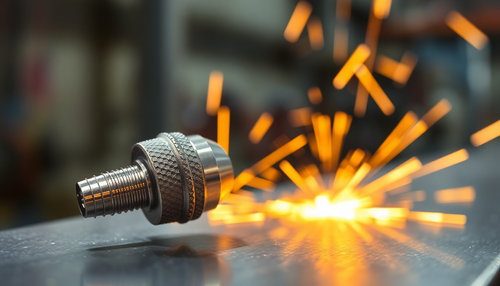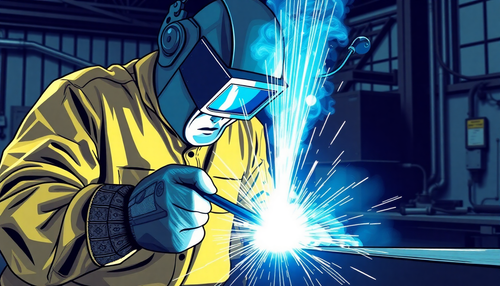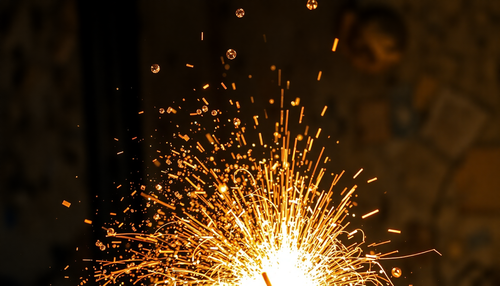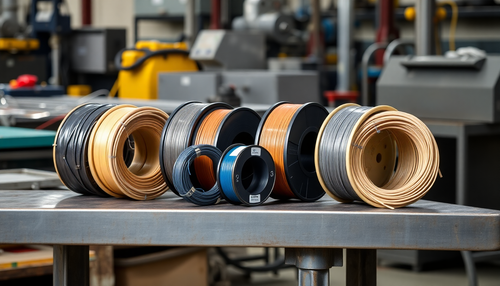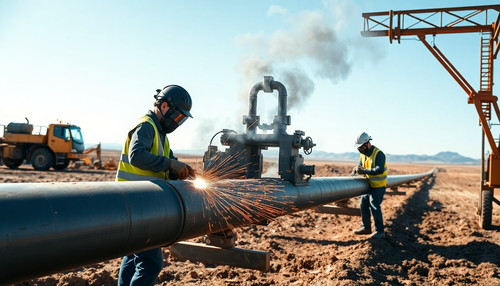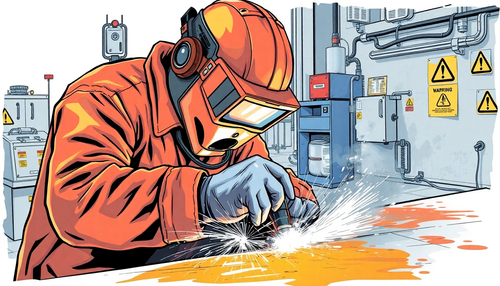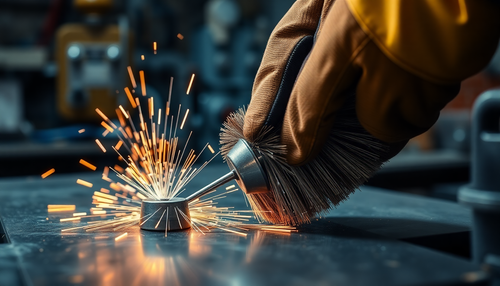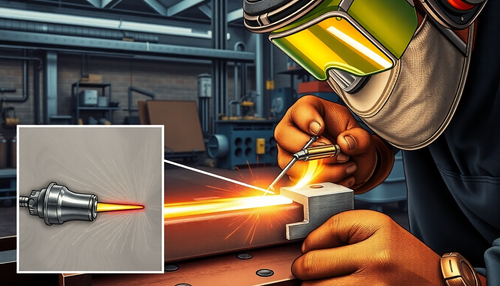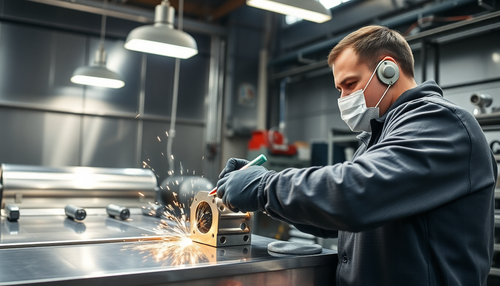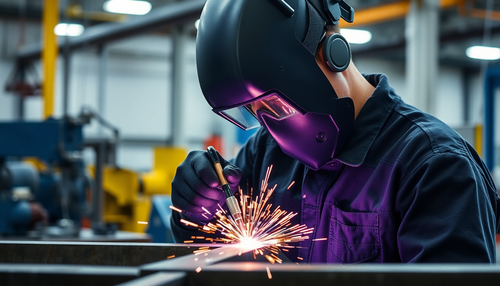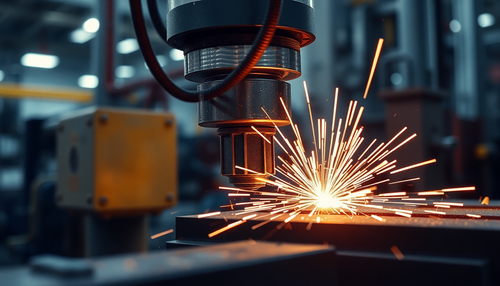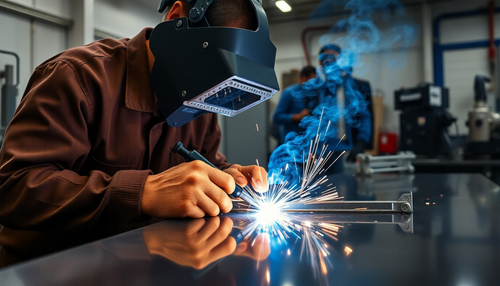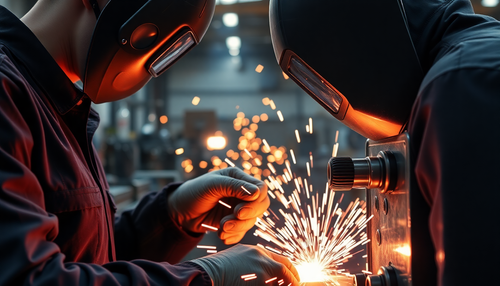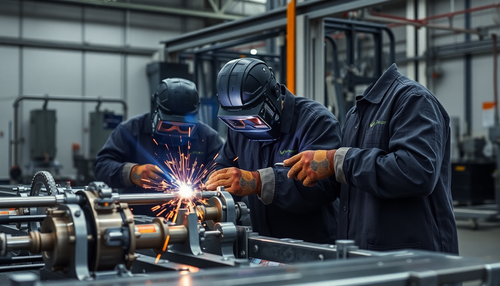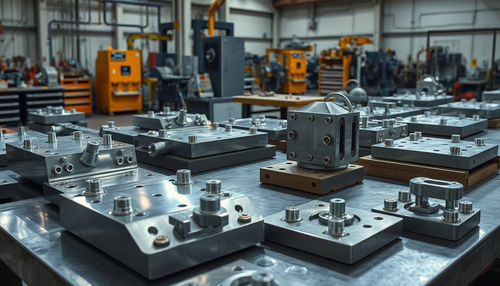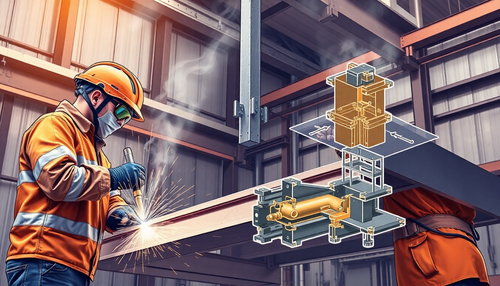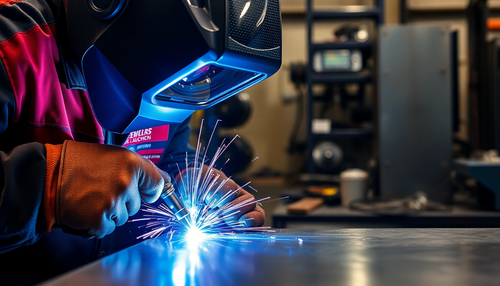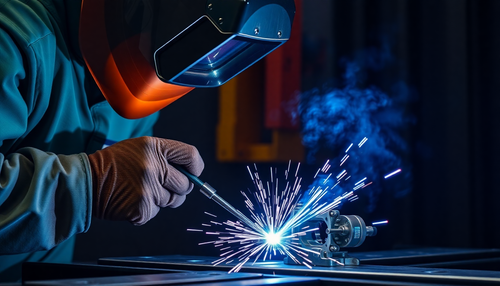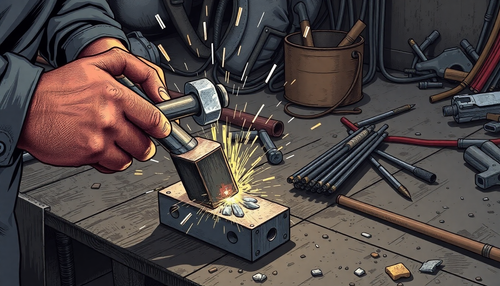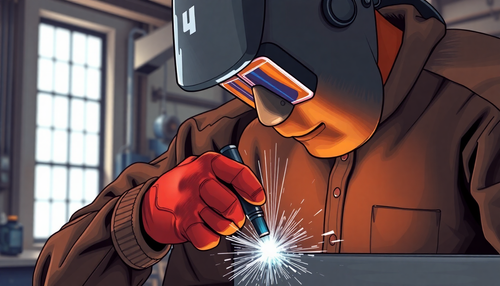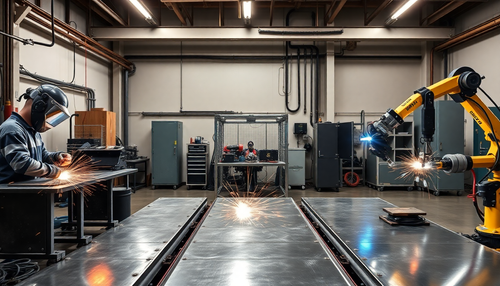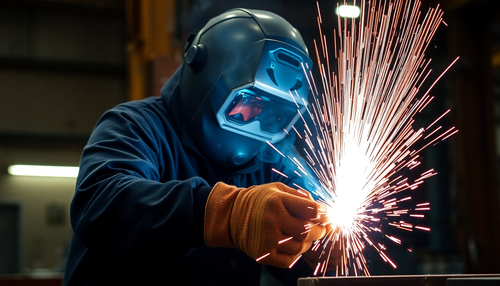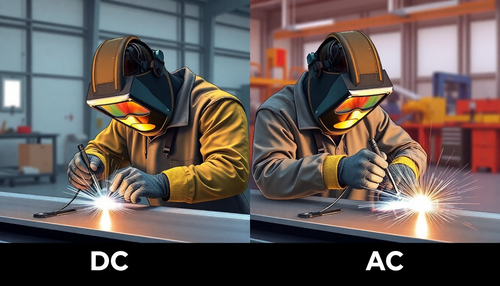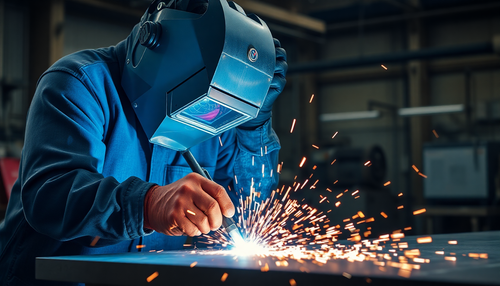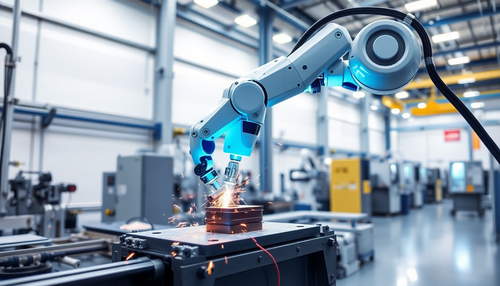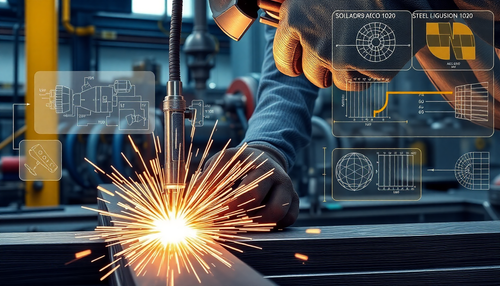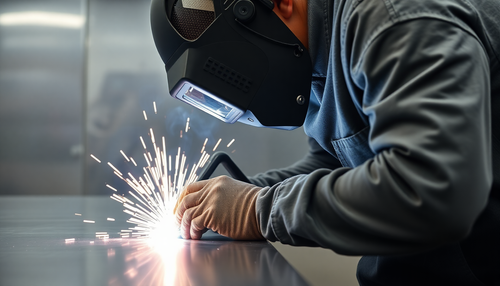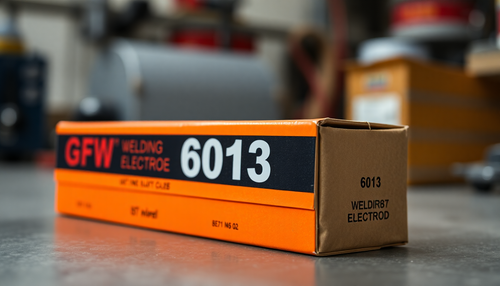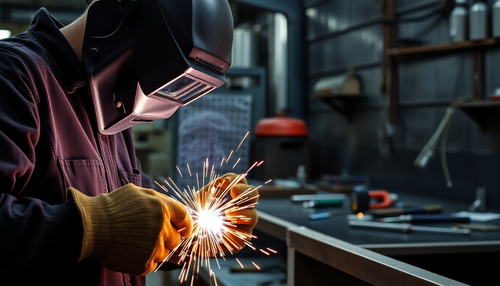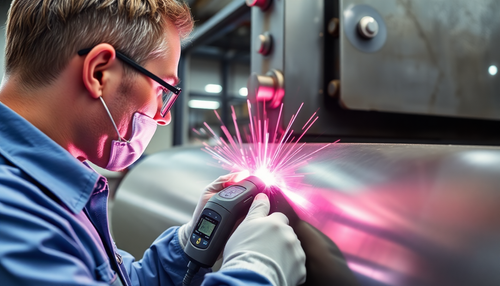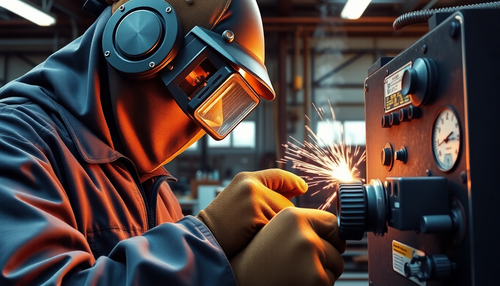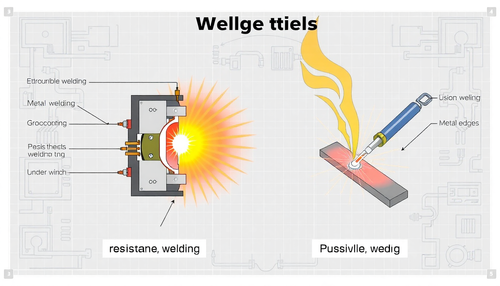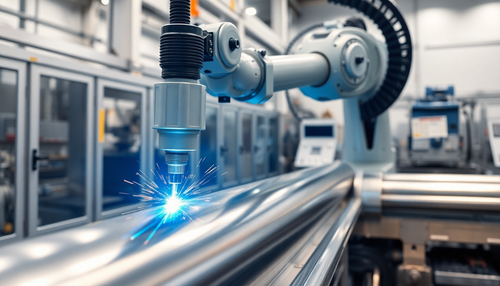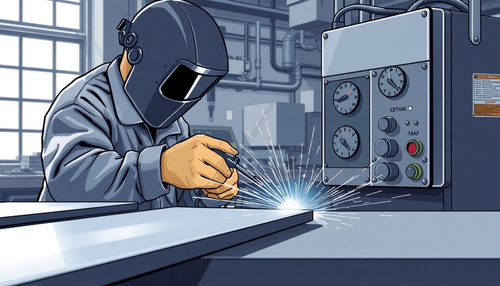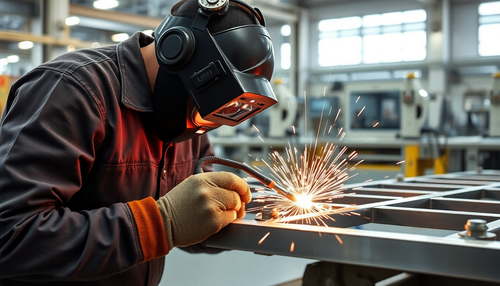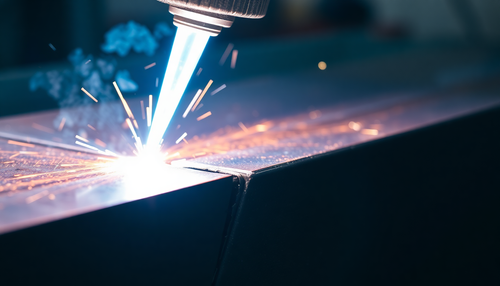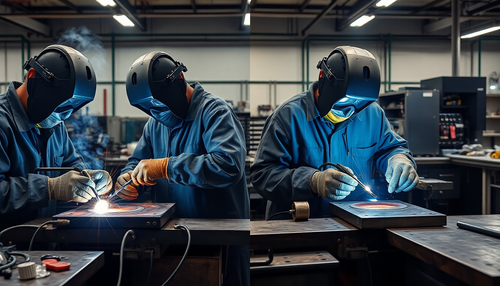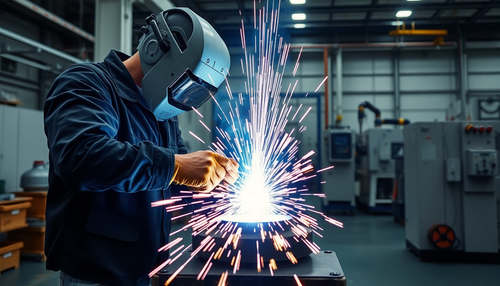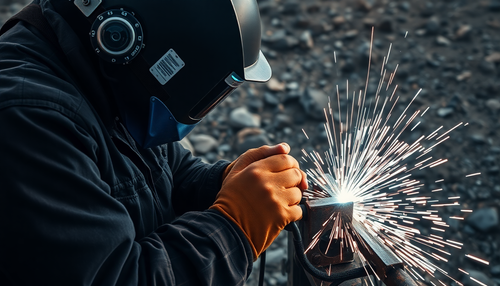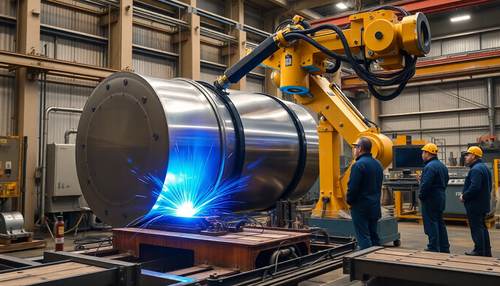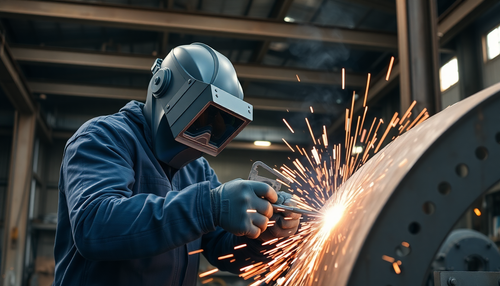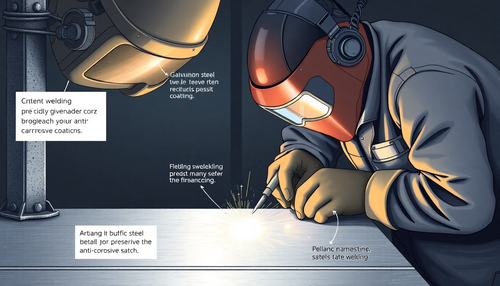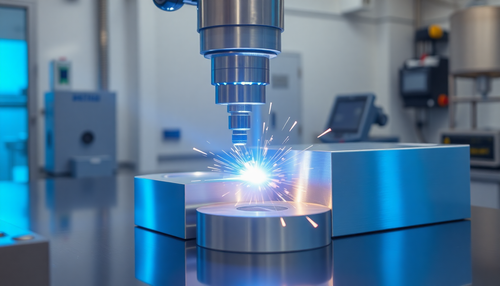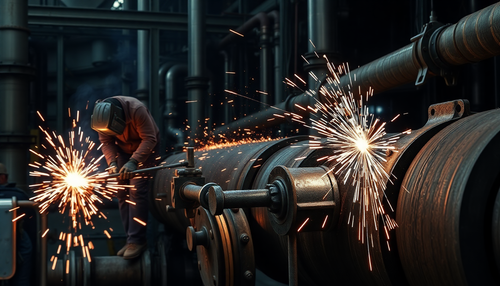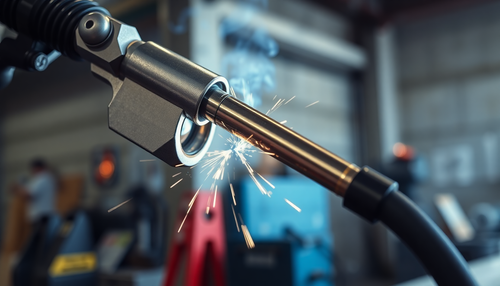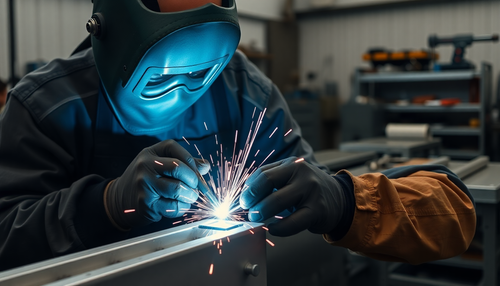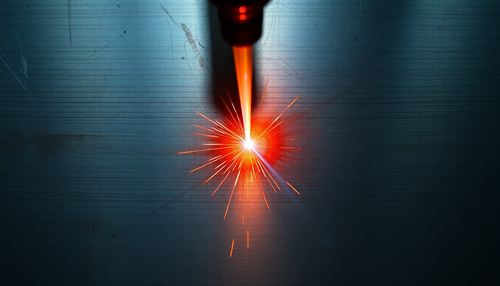
Aluminum is undoubtedly an extremely useful material for engineering applications such as aerospace, automobile manufacturing, and sheet metal fabrication. Its main advantages are its strength-to-weight ratio, corrosion resistance and good thermal and electrical conductivity.
As with any metal with such applications, weldability is a fundamental property for its wide applicability. Aluminum welding is a demanding skill that requires knowledge and practice to master.
In this article, we discuss aluminum welding, the different types of aluminum welding, and best practices recommended by industry experts.
Why is welding aluminum a challenge?
Aluminum is one of the most difficult metals to weld due to some of its inherent material properties. These properties distinguish it from other common weldable metals such as iron or steel. The main challenges are explained below.
High thermal conductivity, low melting point
The combined effect of these two properties means that heat conduction through aluminum is very rapid and difficult to control. Problems such as part distortion, cracking and wear are very likely due to these characteristics.
Aluminum Oxide Layer
The oxide layer on the surface of aluminum is often cited as the reason for its resistance to corrosion. However, it is problematic during welding because its melting temperature is approximately 1400 °C higher than that of an average aluminum alloy (melts at approximately 660 °C). This incompatibility results in inconsistent weld quality and joint strength.

Contamination
Molten aluminum easily absorbs contaminating compounds such as hydrogen from the environment, causing pores or cracks in the compound.
Poor wire feed capacity
Aluminum welding consumables are often softer than other welding consumables. This makes handling with an automatic feeder difficult.
No color change
Most metals change color before melting. Aluminum is an exception. An aluminum welder therefore receives no indication of when the metal is about to melt.
5 techniques for welding aluminum
Now that we are aware of the various challenges involved in aluminum welding, let us discuss the different aluminum welding techniques prevalent in the industry.
1. Tungsten Inert Gas (TIG) Welding
The first choice of welders for aluminum welding is TIG aluminum welding. This method is suitable because it offers the welder the greatest freedom. They can control the heat input into the equipment, allowing them to weld through the oxide layer and subsequently control the weld pool, whilst ensuring that the metal does not deform due to excessive temperatures.
In general, high frequency AC TIG is preferable due to lower contamination levels. The reason for this is that the tungsten electrode does not need to come into contact with the workpiece, reducing the risk of build-up in the weld pool.
The downside is that TIG welding is slower and more expensive, due to the expensive setup and high skill requirements.

2. Metal Inert Gas (MIG) Welding
The second option for professionals is MIG welding of aluminum. It is ideal for aluminum welding applications due to its ease of use, low cost and wide availability. The quality of the weld seam is not as high as with TIG, but the results are still good.
It allows adequate control of the welding process and is faster than TIG. Common problems in aluminum welding, such as high thermal conductivity, can be solved by adjusting process parameters such as feed rate and part preheating.
However, the smoothness of aluminum wire can be problematic. To avoid this problem, a spool gun or a push/pull gun is required. Additionally, MIG welding of aluminum requires 100% pure argon gas, which, although inexpensive, is generally not available in shops due to its limited use.
Despite these limitations, MIG welding remains one of the best methods for welding aluminum.
3. Electron beam welding
Electron beam welding is a highly accurate and effective process for welding aluminum. A concentrated beam of high-speed electrons is directed at the connection point, creating a local high-temperature zone for welding.
It is precise and clean, as it applies heat directed exactly to the desired location, minimizing the area affected by heat and associated defects. Additionally, the electron beam is very fast (about 10 times faster than TIG or MIG), which means there is not enough time for additional heat to penetrate the material.
Furthermore, the purity of the weld beads is high because jet welding takes place in a vacuum. This means that most contaminants are removed from the weld zone during preparation. On the other hand, the electron beam can penetrate up to 15 cm deep into aluminum, expanding its welding properties to more than just welding sheet metal.
The disadvantages of electron beam welding are the high cost and the experience required. Furthermore, due to the limited chamber size of these machines, there are limitations on the size of the parts. This can be a problem when processing long aluminum profiles.

4. Laser welding
Laser welding of aluminum is quite similar to electron beam welding, but is slightly inferior to it in terms of welding quality, precision and welding depth.
This procedure uses a laser beam instead of an electron beam. It also offers the advantage of precise and direct heat emission and high speed. Limitations also arise from costs and the specialized knowledge required.
Another advantage of laser welding is the ability to reach tight spaces because the laser beam is very thin, unlike a welding torch. It is useful in welding sheet metal structures with bent features.

5. Friction stir welding
Friction welding is an innovative aluminum welding process that is rapidly gaining importance in the industry due to its high potential. A rotating tool is used to generate heat at the connection point through friction.
Its main advantage is that it is a solid-state process that welds materials below their melting point. Heat-related problems are therefore almost completely eliminated. The heat affected zone is small, there is no mechanism for contaminants to enter the joint as it never melts and no deformation occurs.
Furthermore, friction welding is repeatable and not very expensive. However, as mentioned above, it is still a developing technology that will take some time to reach its full potential.
How do you prepare for aluminum welding?
As mentioned at the beginning, welding aluminum is challenging. The solution lies in skill and experience. In this section, we will discuss some precautions and preparation tips for aluminum welders that can improve your learning curve.
Cleaning is important
Cleaning the part surface is an important part of the preparation process. It has two objectives: to remove dirt such as oil and dust and to remove the aluminum oxide layer. Both have a detrimental effect on welding quality because they allow contaminants to enter the welding zone.
Cleaning agents such as acetone or alkaline solutions are often used to remove dirt particles and water vapor. They are cheap and easily available. For oxides, a metal brush is usually sufficient.

Appropriate welding method
Common aluminum welding processes are explained above. Although there are few options to choose from, deciding on the most suitable technique is an important decision.
Typically this comes down to a decision between TIG or MIG. Although TIG is the preferred method, it requires time and an experienced aluminum welder. Additionally, you will need a special TIG welder in the workshop. In most cases, aluminum welders choose MIG because of its ease of use and sufficient quality in general applications.
Choosing the Right Filler
The filler material plays a crucial role in defining the strength of the weld. To optimize the quality of your aluminum welding application, you must select the most suitable wire. The choice ultimately depends on factors such as the welding process, the quality of the aluminum and the desired properties.
The properties of the filler metal should be as close as possible to the base metal. The diameter of the wire affects the amount of material that enters the weld pool and determines factors such as strength, tightness, ductility, etc.
The most common aluminum fillers are 4043 and 5356. 4043 is best suited for welds that are exposed to extreme temperatures, are at risk of cracking, and need to appear clean. 5356, on the other hand, is more focused on strength and offers high tensile and shear strength.
Consider the appropriate inert gas
Both MIG and TIG use an inert gas to protect the weld pool from reactive environments. The gas composition affects the quality of the weld and is therefore another decision that must be made during the preparation phase.
In general, 100% pure argon is a good choice for both processes. It is cheap and easily available. In some cases, aluminum welders prefer to add up to 20-25% helium to the mix to achieve higher welding speeds and arc voltages.
Do's and Don'ts of Aluminum Welding
Aluminum welders offer a variety of professional tips and tricks to improve the quality of aluminum welding. The most important points are summarized below:

- Clean the metal : Although already mentioned, we re-emphasize this point because it has a huge impact on the overall quality of the weld.
- Proper storage : Storing aluminum in a dry place prevents reoxidation after cleaning.
- Preheating the aluminum : To obtain a uniform temperature throughout the part, it is best to preheat the aluminum before welding. This prevents uneven internal heat conduction and thus reduces deformation and cracking. Additionally, it can also help remove moisture.
- Higher cruising speed : Fast movement speeds are preferred to minimize heat input into the weld zone. Aluminum's high thermal conductivity can quickly distribute heat, allowing additional heat to enter from the heat source. This can eventually lead to deformation of the part.
- Use narrow torch angles : A 15° torch angle is ideal for TIG and MIG welding of aluminum.
- “Push Weld” with MIG : Using the push method (tilting the torch away from the direction of travel) helps improve gas shielding and prevent welding defects.
Aluminum Welding Considerations
Aluminum welding is a near-final shape process that often requires post-processing to achieve the final shape.

Quality inspection
Weld quality control is a routine procedure. It ensures that requirements are met and that the connection can withstand the operating conditions for which it was designed.
The most commonly carried out inspections are visual inspections for defects such as porosity, undercuts, burns, etc. Non-destructive testing (NDT) using techniques such as x-ray and penetrant testing are also used to evaluate weld quality.
Heat treatment
When welded, metals lose some of their material properties, such as strength. Its chemical composition can also change due to impurities and high temperatures.
Therefore, it is common practice to subject the welded joint to heat treatment to restore its strength and improve its quality. The type of heat treatment depends on the base metal, filler material and quality requirements.
aging
Aging is another heat treatment process often used after aluminum welding. The solder is held at low temperatures (~200°C) for a long period of time to restore some of its original strength.
Surface treatment
Surface treatments are a good way to eliminate welding effects such as discoloration and hot spots. This is done through mechanical means, such as brushing or polishing, and chemical/electrochemical means.
Surface treatments such as painting or coating are often also carried out in the final phase to obtain the desired cosmetic finish.
WayKen makes your welding treatments easier
Additionally, we offer complete machining and surface treatment services. Whether for prototyping or parts production, you get your product cost-effectively. Simply upload your CAD files and get a free quote.

Concluding
Aluminum welding is undoubtedly one of the most important manufacturing technologies in the manufacturing industry. From various aluminum plates to thin sheets, it is a reliable assembly method.
Common questions
Can aluminum be welded to other types of aluminum or other materials?
Welding different types of aluminum is possible, but not as common. However, the grades and filler must be compatible and the process often requires special controls to achieve good results.
What are the common applications of aluminum welding?
Aluminum welding is commonly used in industries such as aerospace, automotive, marine, medical and home appliances.

